- 1. Nipplefruit
- 2. Buddha’s Hand
- 3. Snottygobble (Persoonia)
- 4. Snake Fruit
- 5. Ice Cream Bean
- 6. Monkey Fruit (Bacuri)
- 7. Snot Apple
- 8. Dead Man’s Fingers
- 9. Witch’s Finger Grapes
- 10. Stinking Toe Fruit
- 11. Wood Apple
- 12. Horned Melon
- 13. Black Sapote
- 14. Lulo (Naranjilla)
- 15. Mangosteen
- 16. Yangmei
- 17. Miracle Fruit
- 18. Velvet Apple
- 19. Elephant Apple
- 20. Cannonball Fruit
- 21. Jungle Jalebi
- 22. Finger Lime
- 23. Custard Apple
- 24. Bignay
- 25. Kei Apple
Not all fruits show up to the produce aisle with elegant names like pear, mango, or cherry. Some barge in with names that make you blink twice. Snottygobble? Stinking toe? Dead man’s fingers? These aren’t typos—they’re real fruits with names that sound like rejected fairy-tale characters or inside jokes from nature.
These names are sometimes charming, sometimes cringe-worthy, and often downright baffling. But behind the bizarre branding, there’s usually a story: a shape that resembles something unusual, a smell that can’t be ignored, or a taste that defies expectation. Some names were handed down through centuries of local use. Others were likely the result of someone blurting out the first thing that came to mind and… it stuck.
This list rounds up 25 of the weirdest and funniest-named fruits from around the world. Some look as odd as they sound. Others are surprisingly delicious despite their unfortunate introductions. Either way, they prove one thing: when it comes to naming fruit, nature—and people—have a wild sense of humor.
So grab your curiosity (and maybe a snack), and let’s explore the most oddly named members of the fruit kingdom. You might laugh, you might wince, but you’ll definitely walk away with a few new favorites—and maybe a new appreciation for the humble pear.
1. Nipplefruit
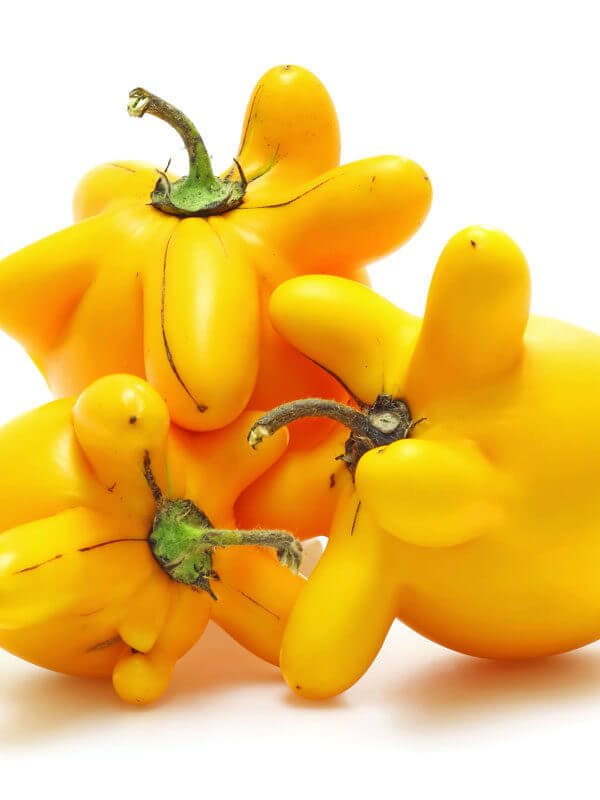
This oddly named fruit gets its title from its distinctive shape—each fruit has nipple-like protrusions sticking out from its bright yellow body. While it’s not edible, it’s related to eggplant and is often used as a decorative item or in folk medicine across Southeast Asia and Central America.
2. Buddha’s Hand
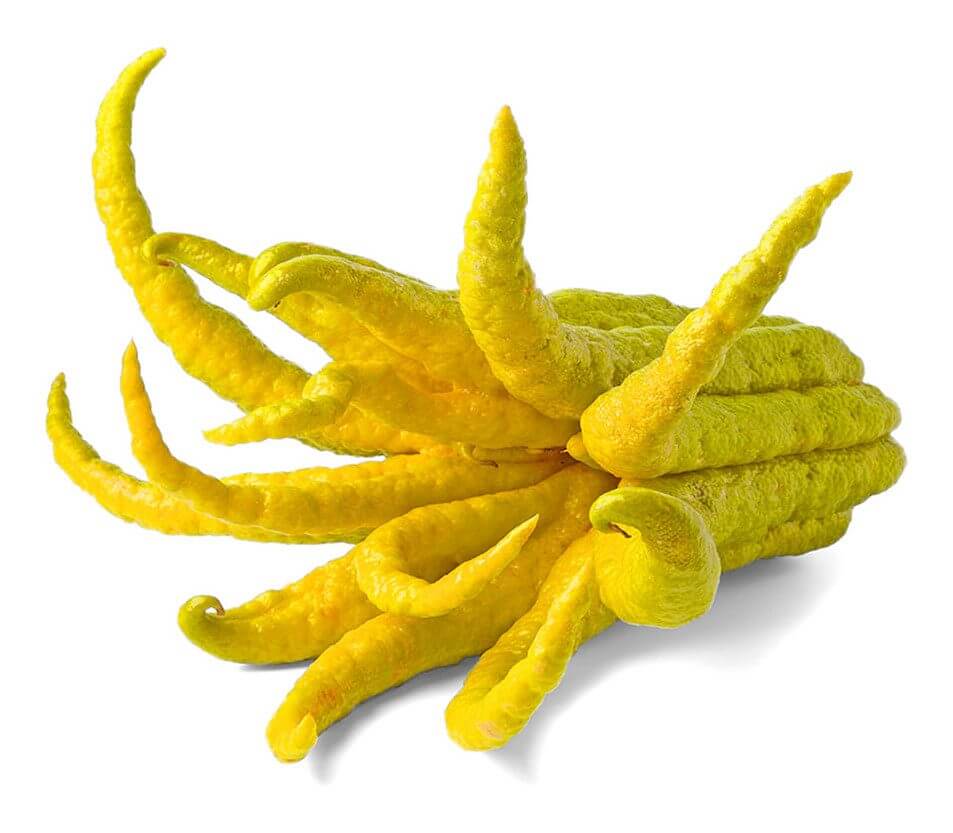
Named for its resemblance to the hand gestures of Buddha, this citrus fruit has long, yellow finger-like sections that extend from a central base. It contains no pulp or juice, but its fragrant rind is prized for making zest, perfume, and even as an offering in Buddhist temples.
3. Snottygobble (Persoonia)
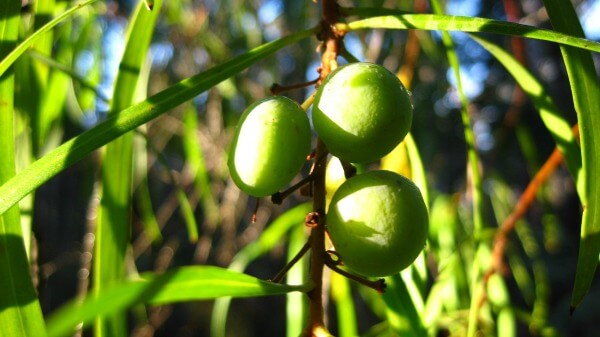
A fruit native to Australia, snottygobble has a name that sounds straight out of a children’s book—or a mild insult. The name comes from the slightly slimy texture of the fruit when ripe. It’s not well-known outside Australia but is an important food source for native wildlife.
4. Snake Fruit

Also called salak, this Southeast Asian fruit has a scaly, reddish-brown skin that looks like snakeskin. Inside, the flesh is crunchy, sweet, and tangy, often compared to a cross between an apple and a banana. It’s proof that creepy appearances can hide delicious insides.
5. Ice Cream Bean
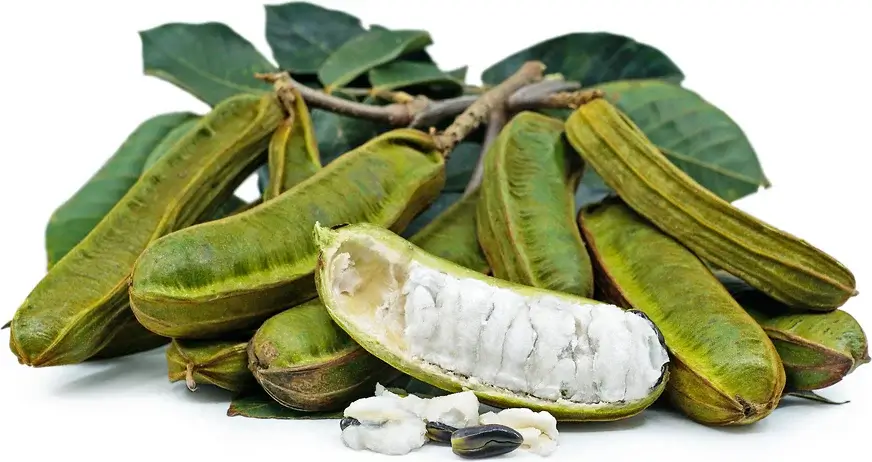
This tropical fruit has a pod that contains sweet, fluffy white pulp tasting remarkably like vanilla ice cream. Native to Central and South America, it’s a fun contradiction: a bean that tastes like dessert. The name sounds made up, but the flavor is very real.
6. Monkey Fruit (Bacuri)
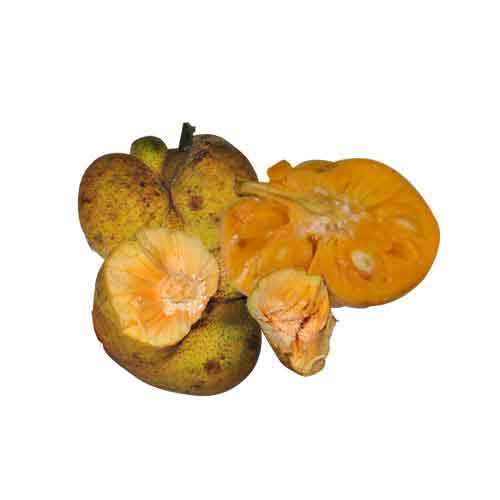
Named either for its jungle habitat or the fact that monkeys love to eat it, monkey fruit is native to the Amazon and known for its thick yellow rind and sticky white pulp. It has a tangy flavor and is often used in juices and sweets in Brazil.
7. Snot Apple
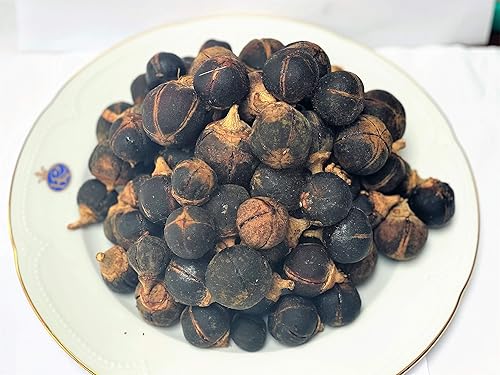
A nickname for Uapaca kirkiana, a wild African fruit, the “snot apple” gets its name from its slimy pulp. Despite its unappealing name and texture, it has a pleasant sweet-tart flavor and is a valuable food source in rural African communities.
8. Dead Man’s Fingers
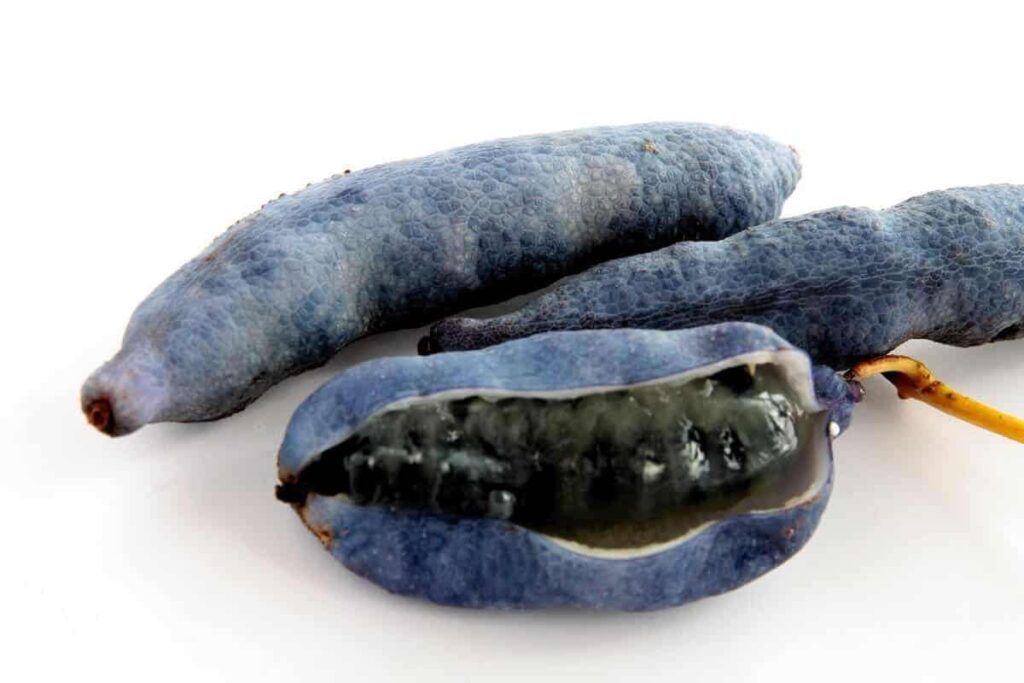
This eerie-named fruit from the Decaisnea genus has long, blue pods that really do resemble cold, lifeless fingers. Native to parts of Asia, the jelly-like pulp inside is mildly sweet and edible, though the spooky appearance puts many off from trying it.
9. Witch’s Finger Grapes
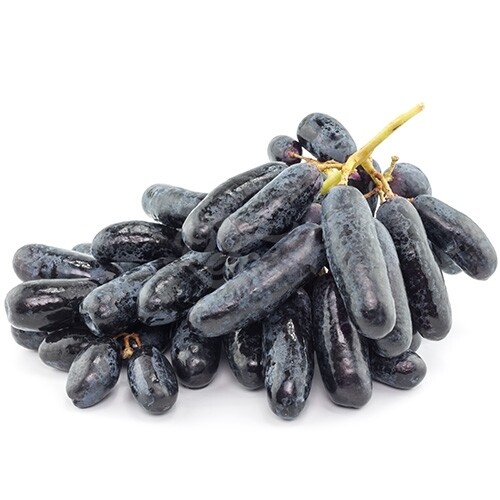
These dark purple grapes are long and curled, giving them a creepy, claw-like appearance. Their unusual shape led to the name, and they’re actually very sweet, seedless, and popular as a snack—especially around Halloween.
10. Stinking Toe Fruit
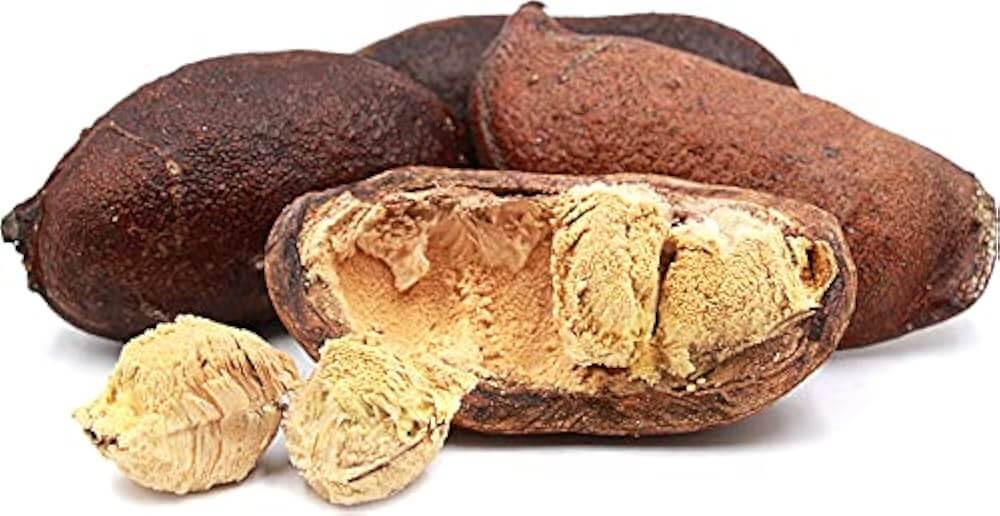
Named for its foul smell and toe-shaped pods, this Caribbean fruit is far better than it sounds. The pulp is sweet and dry, often eaten raw or added to drinks and desserts. The scent may be off-putting, but the taste is worth it.
11. Wood Apple
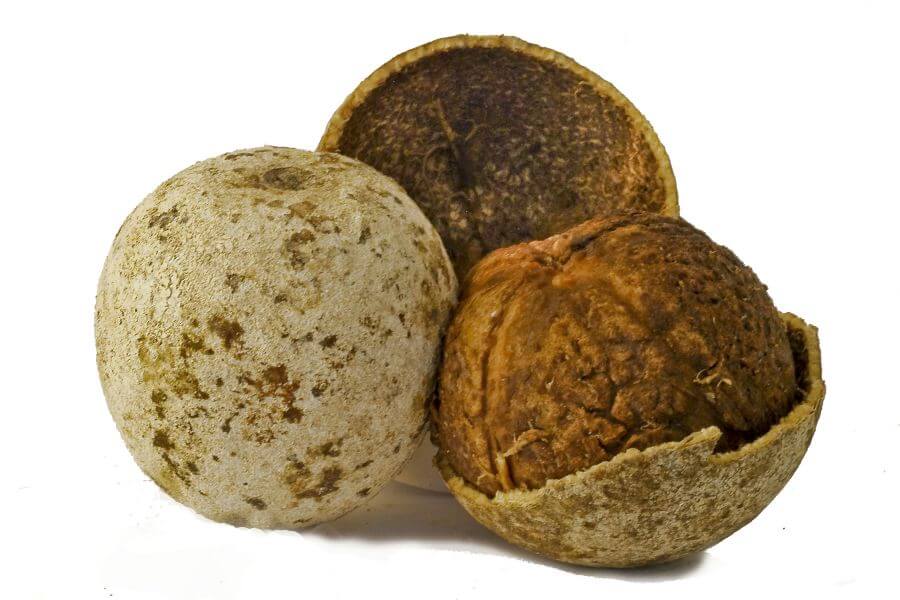
This South Asian fruit has a rock-hard shell that needs to be cracked open with force. Inside is a brown, sticky pulp with a tangy-sweet flavor. It’s used in chutneys, juices, and traditional medicine, despite its uninviting appearance and cement-like exterior.
12. Horned Melon
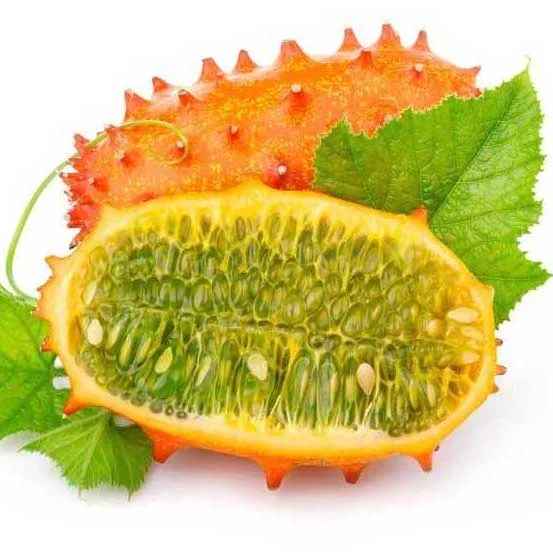
Also called kiwano, this African fruit has bright orange skin covered in spiky horns. Inside, the jelly-like green flesh has a cucumber-lime flavor. Its alien appearance has made it a staple in futuristic films—and fruit platters.
13. Black Sapote
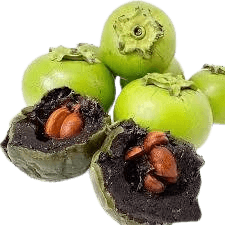
Also known as the “chocolate pudding fruit,” this tropical fruit has a name that makes it sound like dessert—and surprisingly, it delivers. When ripe, the soft, dark flesh has a texture and flavor similar to chocolate pudding, making it a healthy indulgence.
14. Lulo (Naranjilla)
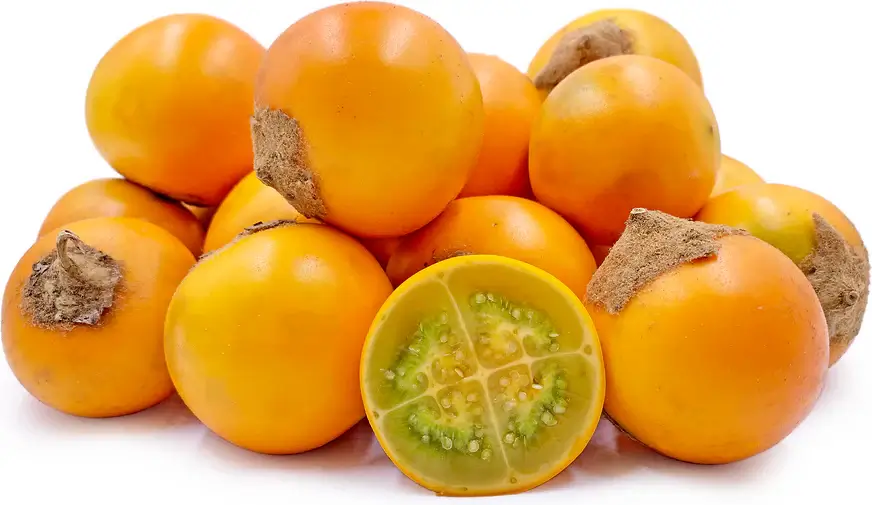
This Colombian and Ecuadorian fruit goes by the name lulo locally and naranjilla more broadly, both of which sound like names of fictional characters or Pokémon. Its vibrant green interior and citrusy tang make it a star in tropical smoothies and juices.
15. Mangosteen
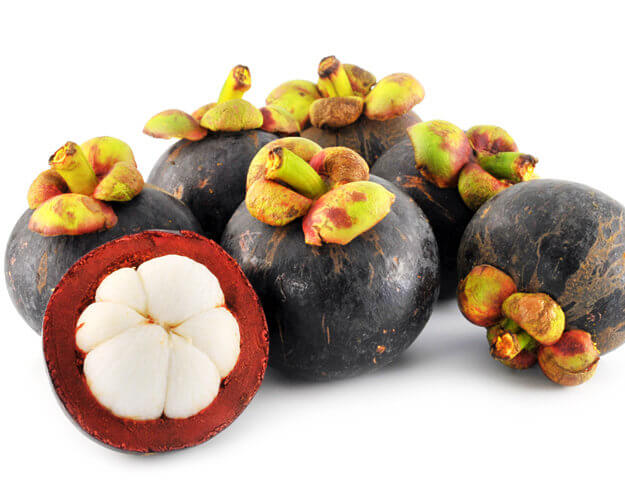
Despite its name, it’s not related to mango and definitely not a “steen.” The name is a linguistic oddity, but the fruit itself is a tropical gem—juicy, white segments wrapped in a tough purple rind, with a sweet, floral flavor prized across Asia.
16. Yangmei
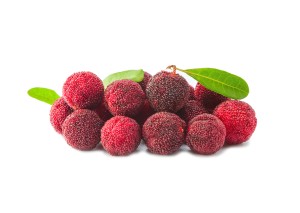
Also called Chinese bayberry, yangmei has a name that sounds like a martial arts move. It’s a deep red fruit with a rough surface and sweet-tart flavor, often enjoyed fresh or fermented into drinks in China and surrounding countries.
17. Miracle Fruit
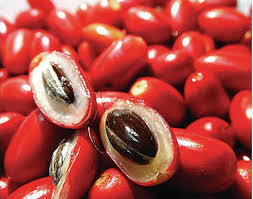
This berry earns its weird name by temporarily altering your taste buds—after eating it, sour foods like lemons taste incredibly sweet. It’s not just a novelty; it has been studied for use in medical diets, especially for chemotherapy patients.
18. Velvet Apple
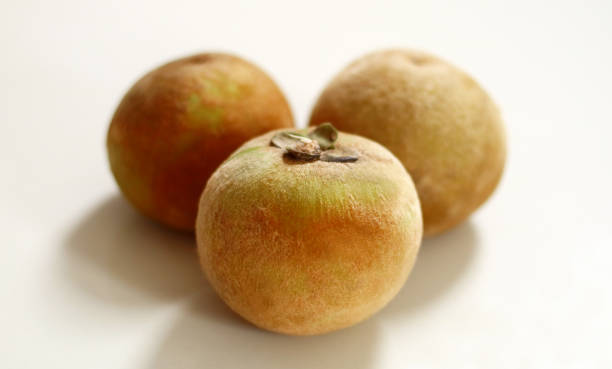
With a fuzzy skin that feels like suede, the velvet apple has a name that fits its appearance, though it sounds more like a luxury perfume than a fruit. Its soft, aromatic flesh has a unique taste that some love and others find off-putting.
19. Elephant Apple
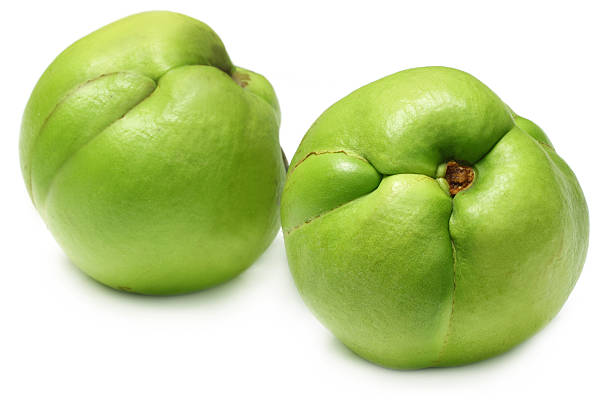
This fruit is large, tough, and not particularly pleasant raw, but elephants love it—hence the name. Native to Southeast Asia, it’s used in chutneys and curries after cooking, and its pulp is known for its strong, sour flavor.
20. Cannonball Fruit

From the cannonball tree (Couroupita guianensis), this fruit is large, round, and heavy enough to cause serious damage if it falls. Though often ornamental, its pulp is used in traditional remedies, and the tree is sacred in parts of India.
21. Jungle Jalebi
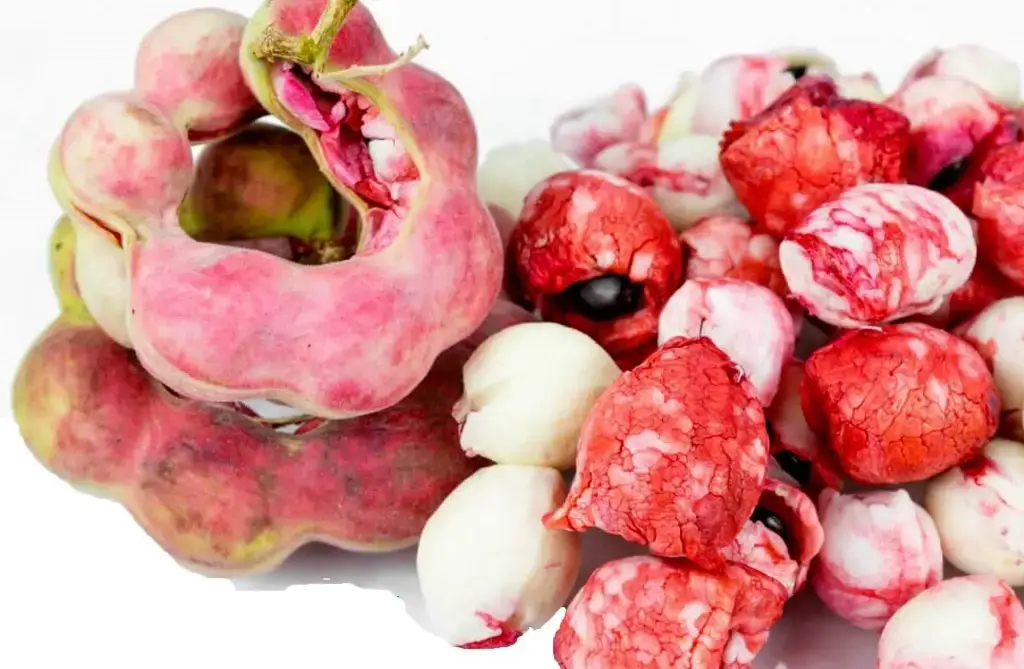
Also known as Manila tamarind, this curly, pod-shaped fruit looks like a wild version of a sweet snack and has a tangy pulp inside. The name “jalebi” references an Indian dessert, making the whole name both confusing and delightful.
22. Finger Lime

These small, elongated citrus fruits resemble fingers and contain tiny juice-filled beads inside—like natural citrus caviar. The name is funny but fitting, and chefs love using them for gourmet dishes and cocktails.
23. Custard Apple
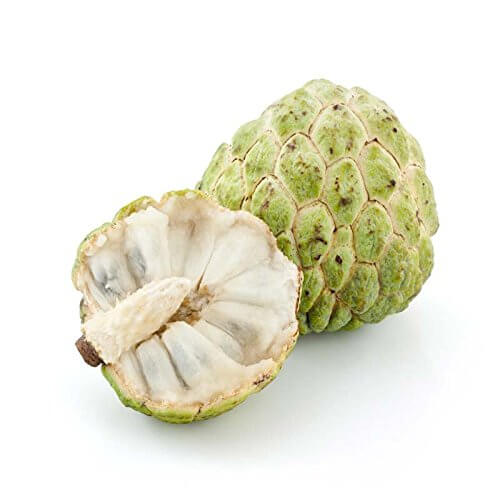
It neither looks like custard nor is it an apple, making the name a bit of a lie. But the soft, sweet pulp inside does resemble the richness of custard, and it’s a beloved tropical treat in many warm regions.
24. Bignay
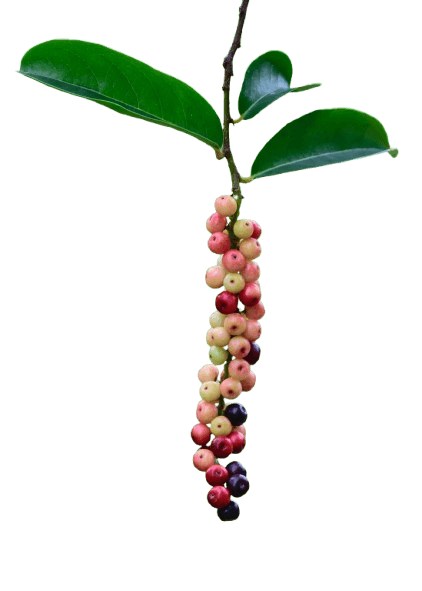
The name “bignay” is playful and oddly tiny-sounding for what’s actually a superfood. These small red or purple berries grow in Southeast Asia and are used to make tart wines and jams. The name gives no clue to the fruit’s bold flavor or antioxidant punch.
25. Kei Apple
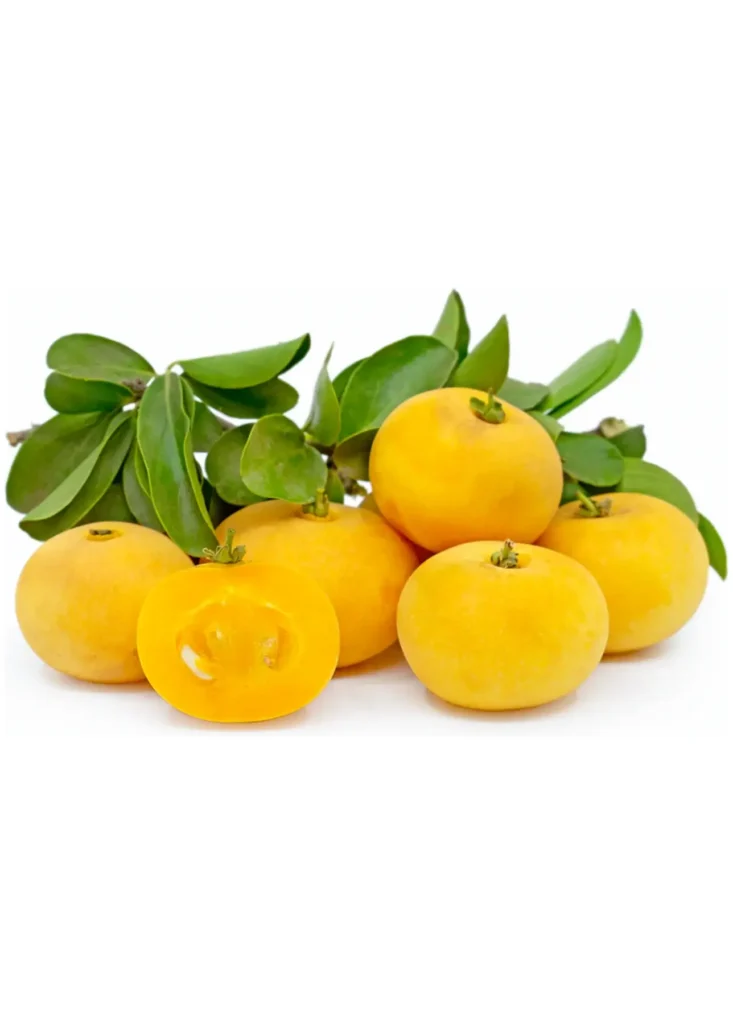
Despite the name, the kei apple isn’t really an apple, and it’s covered in wicked little thorns. Native to southern Africa, the fruit is tangy and bright yellow when ripe. The misleadingly wholesome name contrasts with its aggressive plant defenses—this apple bites back.

what about Pineapple